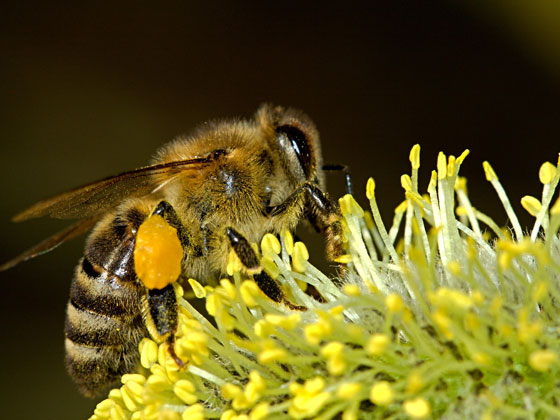I think I found an explanation for what happens at the Thargoid sites and what they really are.
After reading the papers Maligno provided earlier, I decided to visit one of the sites that are described in these 'Leviathannotes' as one of the 6 big ones. On
Canonn's list of Thargoid sites it is designated as TS203, located on
Mel 22 Sector JC-V D2-14 A 4 A and the sheer size of its features is indeed impressive. What I found was not only one location with scavengers like the place on
Hyades Sector AQ-Y D81, but three of these, some of them in the giant caverns under the structures the author of the papers calls 'Leviathans'. There might be even more of these places, but I did not inspect all of the sites features. This time I took a closer look at the scavengers activities and now I think to know what they really do.
https://www.youtube.com/watch?v=WcR9nuW607w
Again it is visible that the Scavengers are extracting something from the structures, but then you can see them spilling it onto the ground in front of it. I'm sure now, they are breaking down the structures into basic components and use them as fertilizer for the Barnacles. That is why Barnacle forests grow in swirl-like patterns that resemble the shape of Thargoid ships, they use them as compost.
Sorry to dissapoint everybody, who was hoping the scavengers' task might be to maintain and assemble the sites into ships and that someday in the future we might see them to take off. Quite the opposite is true, these ships are not born in the area around Merope, they go there to die.
The Pleiades nebula is the graveyard of Thargoid ships.
Well, possibly not the best example, but then again do you have the means needed to perform an experiment about how a slice of toast falls in a vacuum and low-g environment and is it really aerodynamics that make it fall on the buttery side or is it rather a question of weight distribution?













